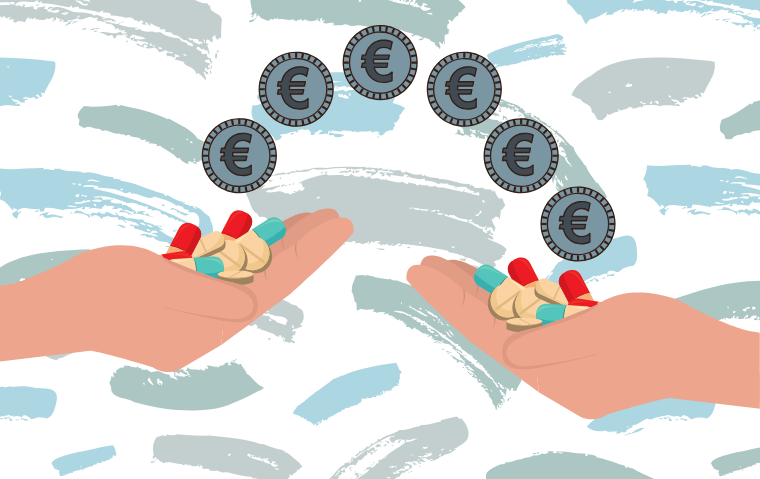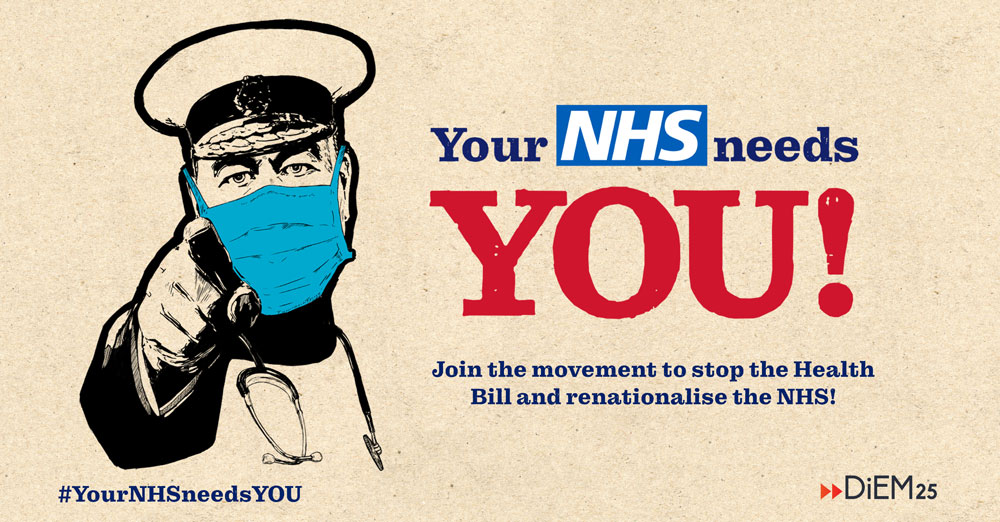I’ve always been afraid of spiders.
But then I came across an app called Seek. You point your phone’s camera at a living thing and Seek tells you what it is, along with facts about the species. It keeps a score of what you’ve observed, turning identifying creatures into a game.
I’ve been using the app for a year, getting close to things I'd usually try to avoid. Especially spiders. And I’ve learned a lot about these creatures as a result. The cellar spider twirls in its web when it gets scared. The jumping spider can leap many times its own body length. The lesser house spider builds a funnel!

And through absorbing this information, I've noticed a shift in my mindset. Somehow, I categorise spiders differently now. They have gone from representing danger and triggering revulsion, to being living things with names, lives, characteristics, purpose.
My arachnophobia has diminished. I've even begun to admire the little bastards.
It got me wondering: Could this exposure work for other things that we fear? Could we use it to make people more open to radical ideas?
Benefits upfront
The standard approach to advocate for an idea is to focus on its benefits. We borrow this tactic from business. Instead of boasting about their products' specifications, companies promote what their offerings can do for you.


This tactic works great for business, so it makes sense that it would translate to advocating for a cause, too. And where the social benefits of that cause can be a matter of life and death, it’s understandable that campaigners usually put these messages upfront.
Go further – tell a story
But focusing only on benefits doesn’t work for ideas that people find fearful. Telling me the spider in the corner will keep my home free of flies won't change how I feel about it.
If you want to make something seem less scary, tell its story. Give people the 'what' and everything behind it, instead of just the 'why'. Make the unknown known.
Because stories engage not just people’s minds but also their emotions, values and imaginations. They are the drivers of real change.
An example: Basic Income
Let’s make it more concrete.
Say you're advocating for Basic Income. A typical view you'll come across is that it is a utopian, socialist fad that would end up making people lazy.

No! you cry. "Basic Income is actually an innovative way to bring about a healthier and more productive society. Here are 44 experts and studies that prove it."
But that alone isn't persuasive. So put forward too the story of basic income, which shows that while the idea has recently gone mainstream, it has a long history and has had champions from across the political spectrum. Including people who helped shape our society today, like Martin Luther King and Milton Friedman.
This would be a better approach to demystifying the topic, tackling concerns around it, and making it more accessible.
Another: Vaccines and Big Pharma
Or let’s take a more recent example from our COVID-ridden present: people’s fear of taking a vaccine. Say you're pushing for the vaccine-hesitant to take the shot. Many of these people believe that vaccines are the product of an ethically dubious pharmaceutical industry that cares more about profits and power than public health. They see vaccines as a radical medical intervention, whose risks are often downplayed by the establishment.

No! You cry. “Vaccines save lives and have eradicated serious illnesses. And anyway it’s your duty to take them. Especially in a pandemic.”
Again, that alone won't dispel their fears. But consider the message that vaccines work because of our natural ability to become stronger when exposed to low levels of stress. That 500 years ago, the Chinese were using this principle to treat smallpox. That this is the same principle which enables you to build muscle by lifting weights. And that there is no medical intervention without some risk, however small.
A messaging framework for persuasion – with caveats
These facts probably won't change your targets’ minds about basic income, nor about getting a shot. They don’t address these people's fears directly, because both their facts and yours can be true.
And there are many other factors that influence our views, like ideology and identity, which this messaging does not address. When the goal is persuasion, these have to be reckoned with as well.
But racking up a high score on the Seek app doesn't make me want to get a pet tarantula either. It just makes me less afraid of spiders.
Fear of the unknown, of things we don't understand, can play a large part in people's opposition to your ideas. If you want to persuade them, start by trying to dispel that fear. Tell its story; make the unknown known. With empathy, with patience.
* * *
PS Earlier this week I hosted a live debate with the movement DiEM25 on healthcare privatisation across Europe, brainstorming potential campaign ideas to push back on this trend. We had an insightful discussion -- check it out here. And check out the fruits of it below: a brilliant campaign launched by colleagues in the UK.



